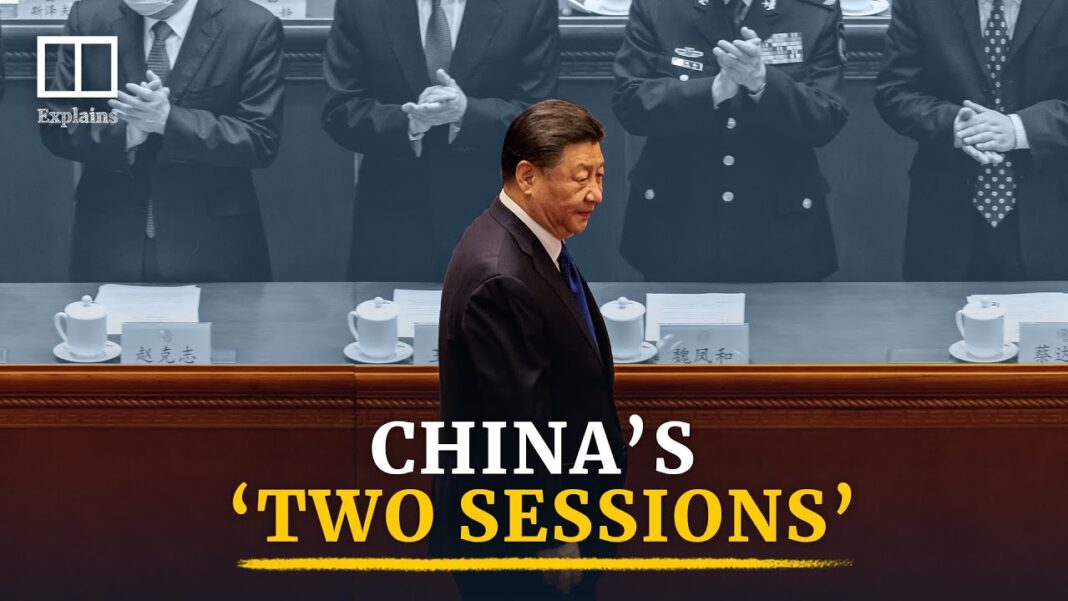Key moments over the past 11 years have shaped Ukraine’s fate, while a cease-fire framework begins to take shape.
Three years into the Ukraine war, the first steps have been taken toward a possible peace deal.
Ukrainian President Volodymyr Zelenskyy is visiting the White House on Feb. 28 to discuss a framework between Kyiv and Washington that could exchange expansive profits from Ukraine’s rare earth minerals and natural gas for possible security guarantees from the United States and its allies.
Washington and Moscow have likewise agreed to begin working toward a framework for ending the war. Those discussions, although they are in the early stages, seem likely to lead to the United States’ agreeing to Moscow’s demand to never consider Ukraine for NATO membership.
U.S. President Donald Trump has said he thinks that Zelenskyy will have to make concessions to Russia, and the U.S. administration has indicated that it is unrealistic to expect that Ukraine could keep its pre-war borders.
Much remains to be resolved before the conflict can finally come to an end, but it is clear that the first European war of conquest of the 21st century has radically reshaped Europe, both on and off the map.
From a popular uprising to Russia’s ongoing invasion, here is a look at some of the biggest events that have shaped the war.
Euromaidan
A wave of mass protests rocked urban centers throughout Ukraine in November and December 2013, with the largest crowds gathering at Maidan Nezalezhnosti (Independence Square) in Kyiv.
The protests were sparked by then-President Viktor Yanukovych’s surprise decision not to sign an agreement with the European Union (EU) that had previously been approved by Parliament.
That agreement would have committed Ukraine to anti-corruption measures and additional economic, judicial, and financial reforms to increase its policy compatibility with EU states.
It would also have gradually conformed Ukraine’s industries to EU technical and consumer standards while increasing the EU’s political and financial support to Ukraine.
Instead, Yanukovych abandoned the deal and unilaterally chose to pursue closer ties with Moscow by signing a deal to sell $15 billion in Eurobonds to Russia that also involved Russia lowering the cost of natural gas.
Protesters condemned the move as sabotage of the nation’s attempts to pursue closer ties with Europe. The Euromaidan movement quickly grew because of dissatisfaction about government corruption, abuses of power, human rights violations, and the influence of oligarchs.
Vitaliy Zakharchenko, Ukraine’s minister for internal affairs, was forced to apologize for what he described as an abuse of power after an incident in which an elite unit of riot police terrorized a neighborhood where protesters were operating, injuring about 80 civilians, many of whom were not involved in the protests.






